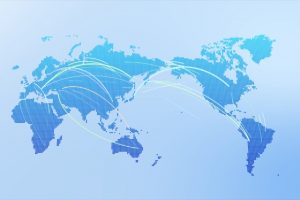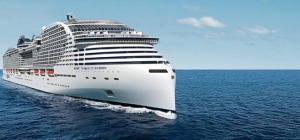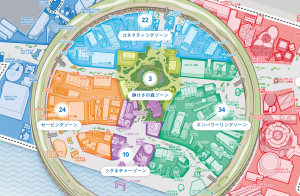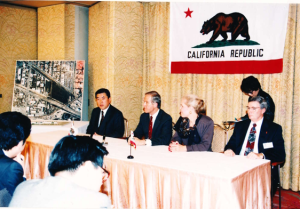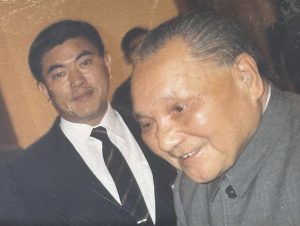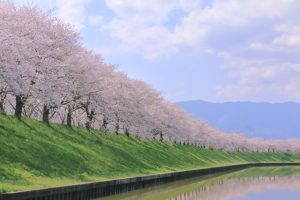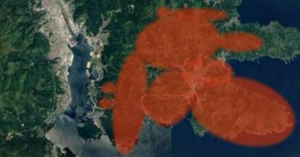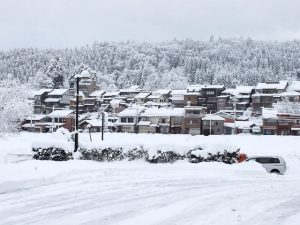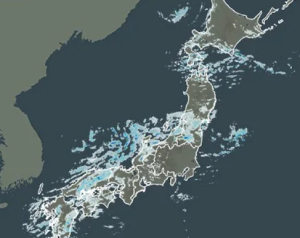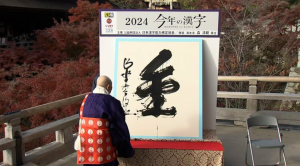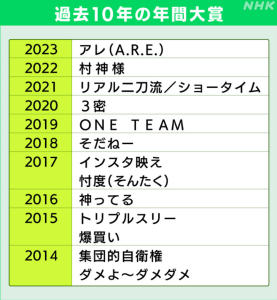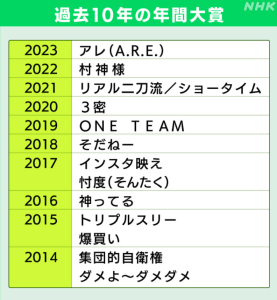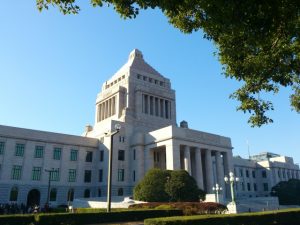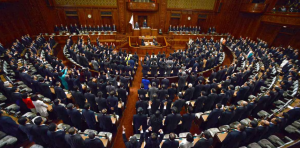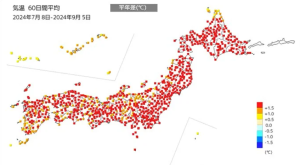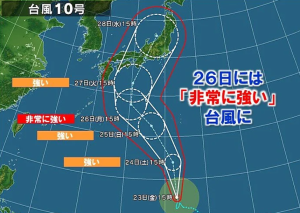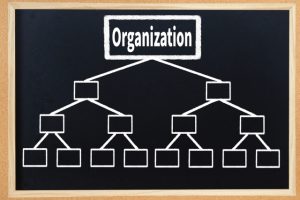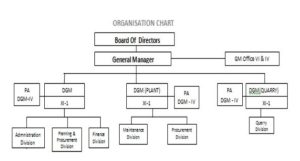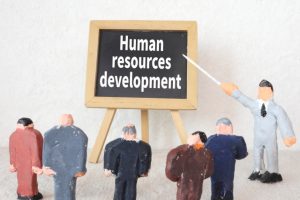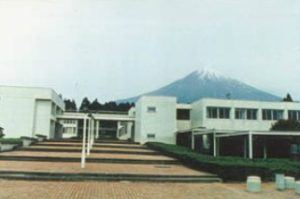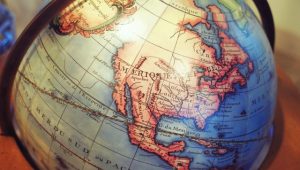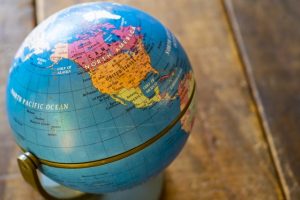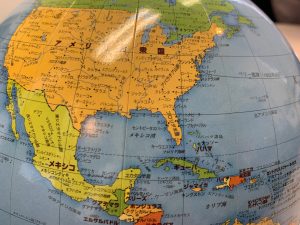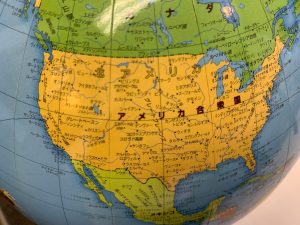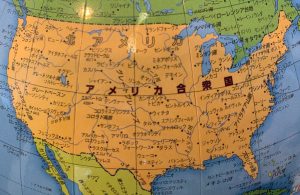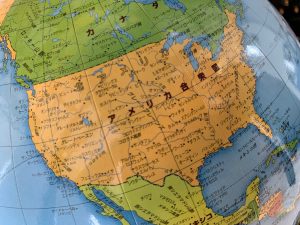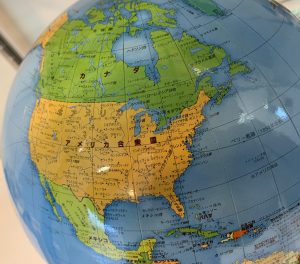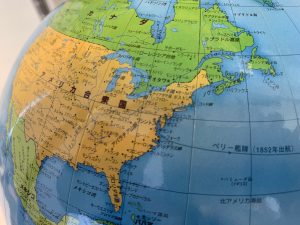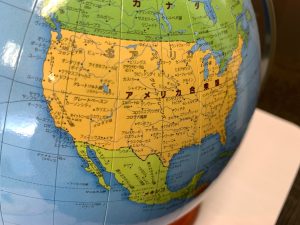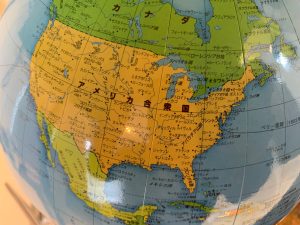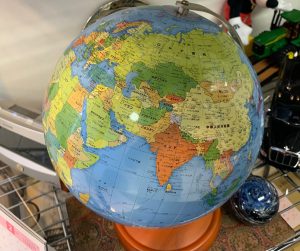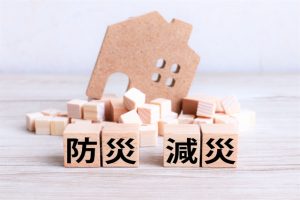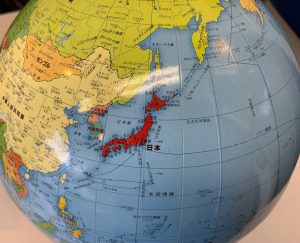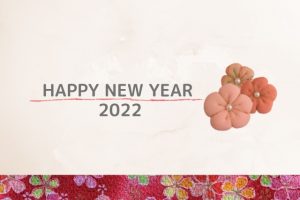Re: A news item and subject which I just want to check out (117) December 15, 2023
I think shiwasu is a pretty good word, and two weeks have passed in a blink of an eye since December started. But warm days that don’t seem like this time of year are continuing in Kansai.
As far as national politics are concerned, the Extraordinary Diet session convened on October 20 was concluded its deliberations after 55 days and ended on December 13. It is said that all 12 new bills submitted by the government during the session have been passed, but it was actually a bad way to end with an aftertaste. As if waiting for the closing, 4 ministers including Chief Cabinet Secretary and 5 vice ministers submitted their resignation, and more than 10 lawmakers including Chairperson of Diet Affairs Committees are expected to be raided soon on suspicion of violation of Political Funds Control Act, not stated and falsified entry, and such unprecedented scandals are spreading. This is the height of political distrust.
Looking at recent Mr. Kishida’s cabinet approval rating, the famous first law by Mr. Mikio Aoki who passed away in August this year and was called as “a powerful leader in the House of Councilors” that “if the sum of the approval ratings for the cabinet and the ruling party is below 50 %, the administration will collapse or be tough” comes to my mind. Incidentally, according to the recent public opinion poll by NHK on December 11, Mr. Kishida’s approval rating is 23 % and the approval rating for the Liberal Democratic Party is 29.5 %. Two numbers add up 52.5 %. In other words, it is one step before the dangerous waters. When the Prime Minister said that “he will become a fireball and try to restore trust”, it was rephrased as ‘ ball of flames”. He is a lame duck where there is no opposition party to take the receptable and no viable successor candidate, which are the support.
■■What I have thought and focused on recently:
■”Taxes” in Japan and national burden rate:
“Tax” was chosen as an annual “the Kanji of the Year”. “Tiger” also looked promising but it was chosen as the buzzword of the year and the case would be closed, or let off steam by parade. I wonder if the weight of taxes has been focused on once again.
By the way, how many everyday terms that are called “taxes” exist? What immediately comes in mind is national tax, local tax, direct tax, indirect tax, consumption tax, corporate tax, resident tax, pro forma standard tax, income tax, special income tax for reconstruction, separate taxation, inheritance tax, gift tax, liquor tax, tobacco tax, gasoline tax, diesel oil delivery tax, hometown tax donation program, and there are many others. In customs clearance related to my previous job, there is customs and duty. It seems to me that total tax revenue this year is around 60 trillion yen. The national burden rate is the ratio of such taxes and social security contributions such as health insurance, long-term care insurance and so on to the national income. It was 35.6 % in 2000, but went up to 48.1 % in 2021 in Japan. The national burden rate has increased by 12 % in 20 years. Insurance premiums are close to “stealth price increases” different from “taxes” requiring legal revision. On the other hand, as the term of “lost three decades” is often used, during that period, zero economic growth has continued and wages have remained flat in Japan, and the people are intolerable. It is important to keep a close eye on how tax money is used. It has been said for a long time that “you can’t win elections with higher taxes and corruption”. In the current situation where both are in place, the upcoming election is expected to be a tough battle for the ruling party.
■The 50th anniversary of Japan-ASEAN Friendship and Cooperation and the rise of China:
I first visited Southeast Asia (Philippines, Indonesia and Malaysia) in May 1971, 52 years ago from now. I went there in 5~6 days itinerary together with two friends at the Institute for International Studies and Training, using consecutive holidays in May. I remember being amazed at how fresh everything I saw and heard. Over 7 years from November 1971 when I returned to the dispatching company to June 1978 when I was transferred to the United States, I traveled to China and Southeast Asia countries several times a year, because I was in charge of exporting petrochemical products. The precautions at that time were a coup and a fire. The political situation was unstable in some countries and fire prevention measures of hotels were also not enough. It was in the middle of a war between North and South Vietnam, and in Korea, there were Japanese businessmen who thought it was a coup and were late in escaping and burned to death in the event of a hotel fire.
But while visiting there many times, I convinced that “Asia’s era would undoubtedly come from now on”. Base on this, when I moved to the previous job in October 1983, I wanted to build a fine-grained logistic service in so-called “pan-Pacific economic zone” centered around West Coast of the United States, China and Southeast Asia countries with Japan as the key, as part of my goal to become an integrated logistics company. And I immediately established bases in Los Angeles, Beijing and Shanghai in China, Singapore and Hong Kong in 1985. I first entered Vietnam (Ho Chi Minh City and Hanoi) as a Japanese logistic company in March 1993, and now there are also local subsidiaries in India and Thailand.
By the way, Association of South-East Asian Nations, ASEAN, was established in 1967 and this year marks the 50th anniversary of Japan-ASEAN Friendship and Cooperation. The number of ASEAN countries has increased gradually from the original 5 countries and it is now 10 countries. Regional population is about 670 million, and nominal GDP is about 3.3 trillion yen. It is said that its nominal GDP will surpass Japan in the 2030s.
By the way, the things that caught my attention recently are decline of Japan’s presence and remarkable rise of China and Korea, especially China. According to a public opinion poll, the survey of ASEAN countries by the Minister of Foreign Affairs in 2022, the ratio that they chose China as the country “that will be the important country in the future” was 48 % and Japan was ranked second with 43 %. It is pointed out that China has overwhelming purchasing power and invests positively, with a population nearly 12 times that of Japan. If the current condition continues, this trend will become even stronger.
In this regard, my points of attention are as follows.
①The number of overseas Chinese living in Southeast Asia is not grasped exactly but seems to be over 40 million. They have a strong influence on politics and economy, and a strong fellow feeling potentially. On the other hand, Japan tends to “look down” on Asian countries in contrast to the West, and lacks a sense of unity. Now, Asian countries are not developing countries.
②The EV wave is a turning point, and as it is now, the automobile industry in Japan will become a repeat of the same mistake in home appliances and mobile phones. Japan raises the concept of “a manufacturing nation” or “a technology-intensive nation”, and tends to consider unilaterally that “even if it is expensive, it can be sold if it is high quality and multifunctional”. On the other hand, China and Korea conduct a thorough study of the local market, and manufacture and sell “products that meet local needs and match income levels, and expand their market share. In other words, it is a two-way marketing.
What should we do? Japanese politicians and businessmen have to strive to overcome language barriers (English, Chinese and local languages), and study the relationship with Asia and its history, and get more solid ability, and have an attitude of aiming for growth together with the people of Asian countries by fostering a sense of unity with them. In particular, I think that activating exchanges among young people who will lead the future is effective.


